How I Visited 20 Countries in One Year for $250 a Week
Updated: May 01, 2023
Country-hopping doesn't have to bring you to the brink of broke. You just have to know how to do it.
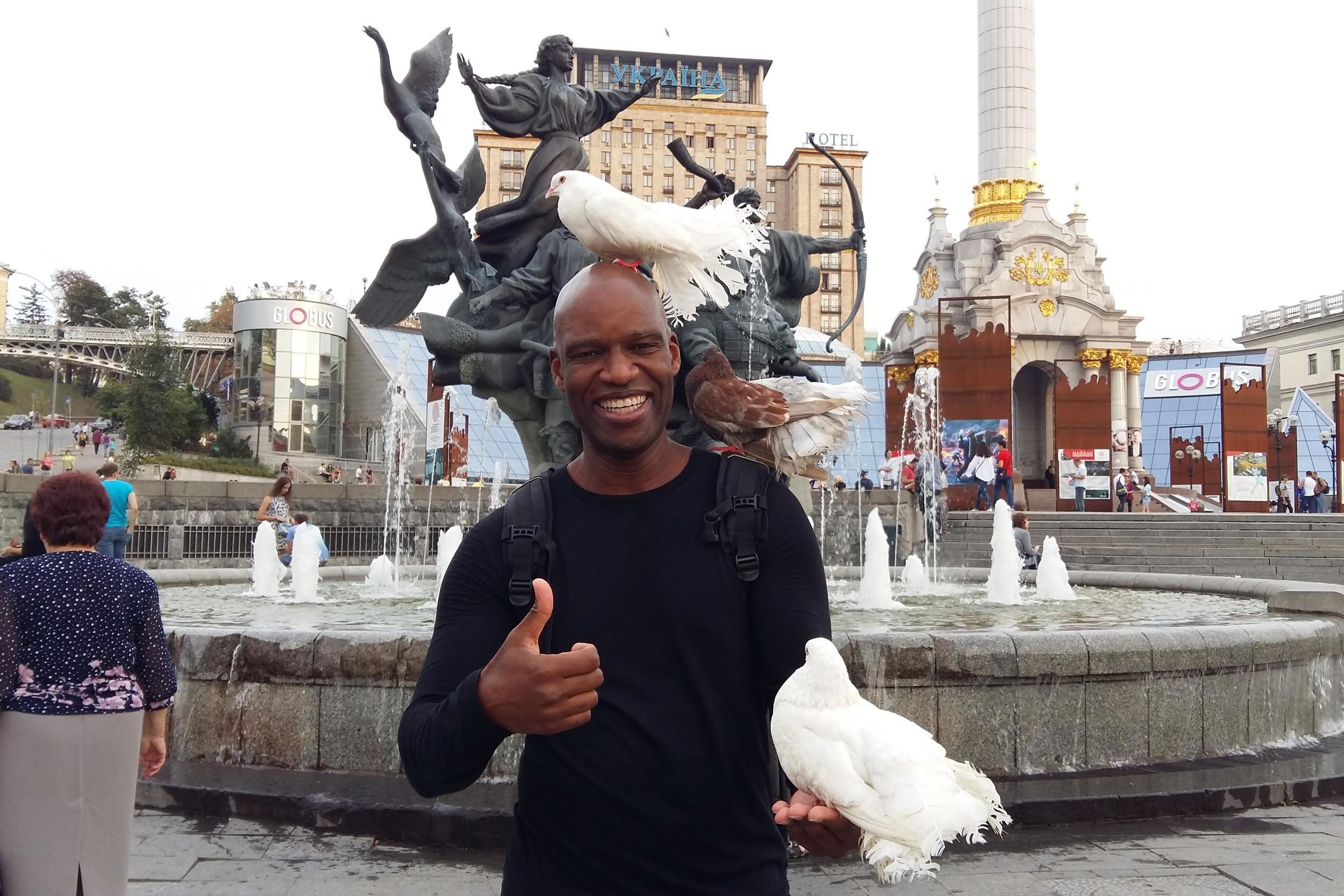
People often ask me how I did it. After I left New York City in 2006 to move to Buenos Aires, I spent the next 13 years living abroad and traveling on multiple continents—South America, Australia, Asia, Africa, and Europe—without winning the lottery or scoring a massive inheritance. Here’s my secret (well, one of them): It’s all in the planning. The more you know about traveling on a budget, the more you can do. On my first night in Tel Aviv in 2013, when a bartender presented me with a $15 bill for a beer, I thought he was joking. He wasn’t. I wrote a mental note to myself: Always Google “How expensive is [insert city name here]” before hitting the road to any destination to avoid moments like that one. (In comparison, in Cape Town and Belgrade, Serbia, that same bottle of beer would have set me back less than $2.)
Thankfully, I knew enough about traveling cheaply to not let the nearly six weeks I spent in Israel break my bank account, and I incorporated that knowledge into my plan after I left my editing job in Sydney in 2017 and hit the road. After several months hanging out in Bangkok and touring India, I headed to Europe, where I spent the next 15 months country-hopping before eventually returning home to the United States. Here are some tricks of travel that should help you keep the price of adventure a bit more manageable. They’ll definitely come in handy when you plan your next vacation.
Take the roads less traveled
Everybody wants to head to London, or Paris, or Rome, and the hospitality industries in those cities know it. They jack up the price of everything from accommodations to a glass of wine to reflect the high demand for location, location, location. The result: One night in Bangkok will cost a lot less than a night to remember in Florence. I learned this fact of travel while spending more than a decade living in cities in countries with developing economies—Buenos Aires, Cape Town, and, yes, Bangkok—and living like a prince at pauper-friendly prices.
When I toured Europe for those 15 months, I focused mostly on countries in the Balkans and the former Soviet bloc that most people don’t flock to: Serbia, Bosnia and Herzegovina, Montenegro, North Macedonia, Albania, Romania, Bulgaria, Ukraine, Moldova. That cut my cost of living expenses in half. Greece, Turkey, and Croatia were a tad pricier but worth the cost of admission. In Belgrade and Kiev (Ukraine), I ate some of my yummiest meals on the road and spent no more than $10 in one day on food. More on how I did that later.
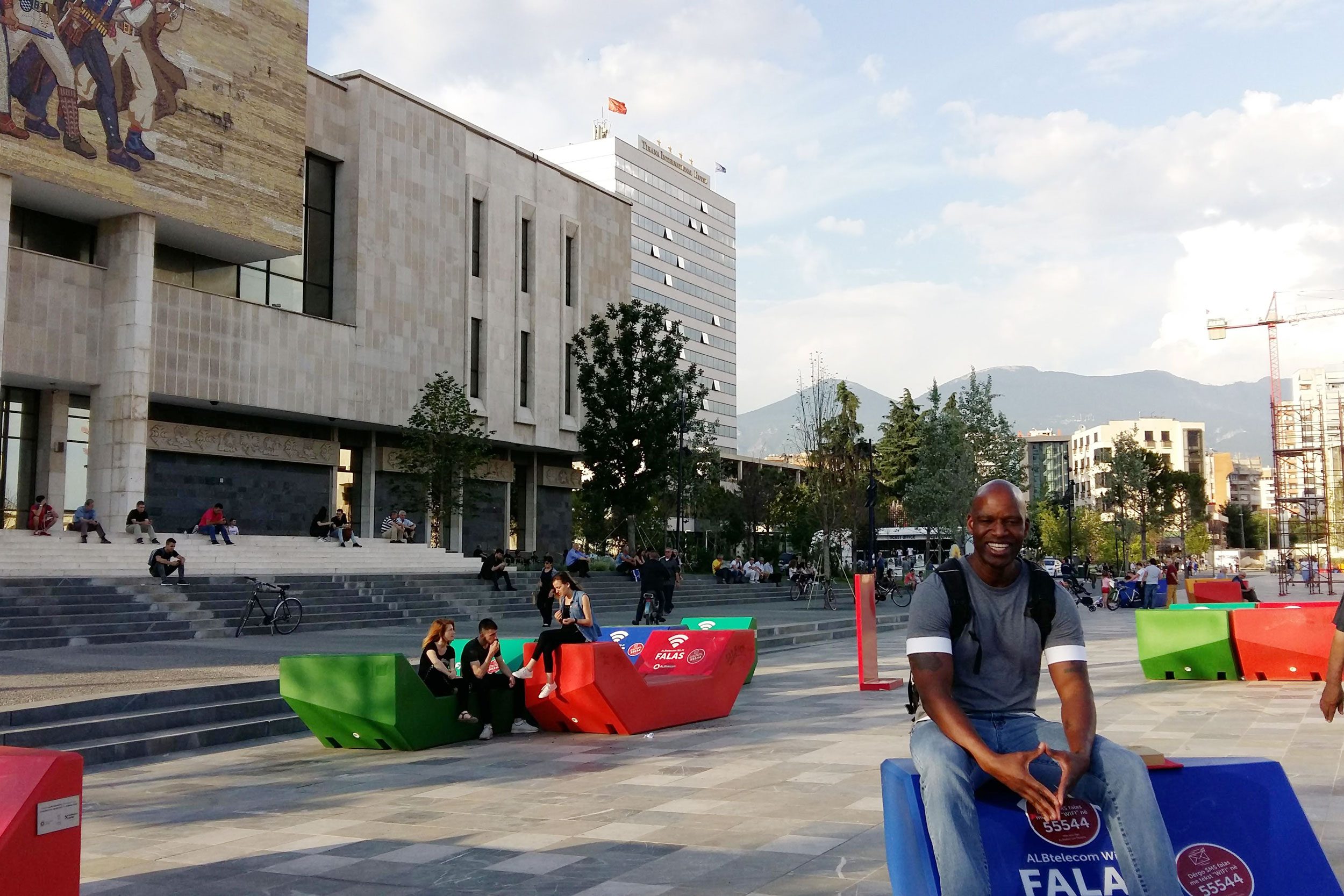
Stay for more than a few days
You can’t truly get to know and appreciate a place in just two or three days. You need at least a week to begin to feel at home, and if you take your vacation days in bulk, you can afford to spend more time soaking up local cultures and saving money. Many hotels and Airbnb rentals offer heavily discounted rates when you stay for a week or more. I’ve had as much as a third slashed off apartment rentals in certain cities because I stayed for seven nights instead of two. Also, if you’re going to be paying an Airbnb cleaning fee, you might as well stick around long enough to make it worth the extra expense; some renters even waive that fee for longer stays. Here are the new post-coronavirus safety protocols adopted by hotels and Airbnbs.
Choose an Airbnb over a hotel
A night or two in a hotel here and there is good for a little bit of all-inclusive pampering, but the trick to keeping accommodation rates down is to think Airbnb. I had an unofficial rule while touring around the Balkans and Eastern Europe that I wouldn’t spend more than $250 a week for an apartment, whether I found it on Airbnb, Vrbo, Agoda, or Booking.com (the latter two specialize in hotels but have great apartment options, too). Aside from in a few hot-ticket cities like Istanbul and Prague, I usually got away with spending between $150 and $200 a week for a one-bedroom pad. And keep in mind that my standards are high—lots of natural sunlight, hardwood floors, a glass shower stall in the bathroom in lieu of a shower curtain—and I demand spotlessness. Although you forfeit four- and five-star hotel staples like a gym, a pool, and a concierge, you avoid having to pay up for extras like Wi-Fi and you get to save money by eating in.

Live slightly off-center
It’s perfectly normal to want to stay in the center of everything, but in most cities, you’ll pay for it. Budapest, where I was able to find spacious and spotless rentals for under $30 a night, was a rare exception. In most cities, it pays to find a rental one or two neighborhoods outside of ground zero for tourists but close enough to get there on foot or by public transportation. In Lviv (Ukraine) and Prague, this made a $50 to $100 difference in weekly rates. Cities like Belgrade and Prague are perfect for off-center stays because they have plenty of beautiful, bustling areas removed from the hot tourism spots. I spent most of my three months in Belgrade in Dorćol, and the bulk of my three on-off months in Prague unfolded in Anděl and Vinohrady. Not only do accommodation prices drop significantly off-center, but so do the price of goods and services. If you travel to Prague, though, remember to be extra careful with your wallet.
Walk, don’t ride
Ubers are considerably less costly in places like India, where you can travel for an hour by car and pay less than $3, and taxis in Bangkok are both plentiful and dirt cheap. But I’d recommend them only when going far distances or commuting in wet or excruciatingly hot weather. Walking not only offers exercise and views of the city you might otherwise miss, but it’s free. If time is of the essence, or if you’re in cities like Berlin or Budapest, where points of interest are too far apart for walking, get a weekly public transportation card and enjoy the city like you live in it. If you do hop in a car, make sure to watch out for these 10 Uber scams.
Ride, don’t fly
There’s minimal rail service in the Balkans, and for those accustomed to premium train travel, riding the rails in places like Thailand and India might be daunting, especially when it comes to dealing with agents who don’t speak a word of English. I did my country-hopping around the Balkans exclusively by bus and saved myself hundreds of dollars I otherwise would have spent flying. Plus, I got to see so much more of the jagged, mountainous countryside by land than I would have by air. If you go to websites like Rome2rio and GetByBus, you can score a bus ticket from Belgrade to Sarajevo (an eight-hour drive) for $14 to $20 and not have to worry about luggage limitations and dealing with security.
A warning: Going through customs by land can take a bit longer than it does at the airport, but the breathtaking views you get en route from city to city by car are usually more than worth the extra time. Before you start crossing borders, brush up on the things you should never do in foreign countries.
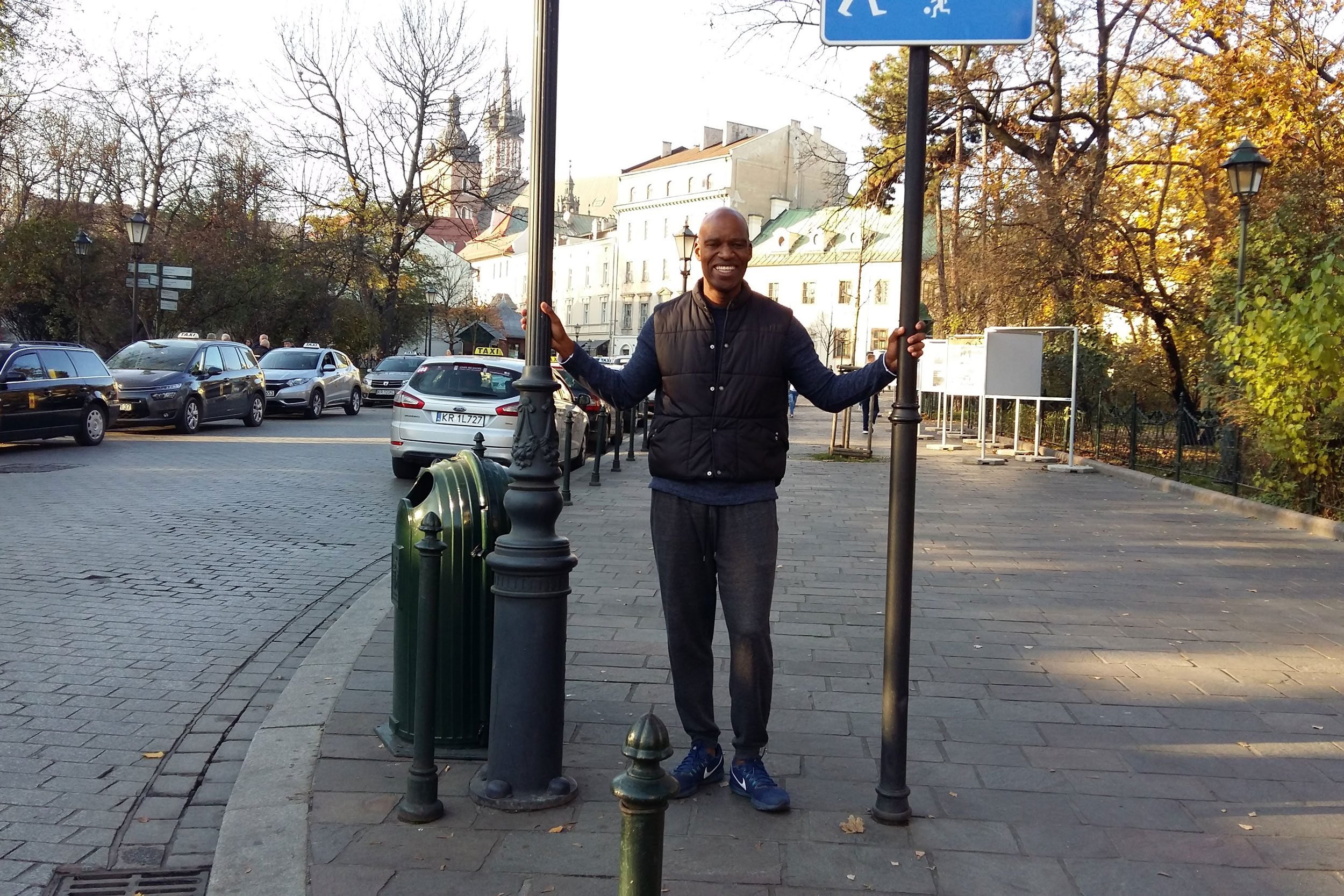
Eat in
In many countries around the world (India being a frustrating exception), you won’t have to worry about sales tax and tips on top of menu prices, but eating out for every meal still can wreak havoc on your budget. It’s possible to get pretty much everything you need to eat well in a supermarket, and if you’re staying in an apartment rental, you’ll have a kitchen where you can store and prepare it.
Naturally, the price tag for groceries will vary from country to country. They were cheapest for me in Belgrade, Kiev, and Prague, where I had my grocery shopping down to a science (pastries for breakfast, veggies and chicken for lunch and dinner), and on days when I didn’t eat out, I usually spent between $5 and $10 on food. Sometimes I even splurged on a bottle of red wine for a couple of bucks at IDEA in Belgrade, or, at the EKO Market across the street from my Airbnb in Kiev, a large take-away cheese pizza prepared in an on-site wood-burning oven for 60 Ukranian hryvnia ($2). Billa, Carrefour, Edeka, Lidl, Spar, and Tesco are all dependable chains that can be found throughout Europe that, while not necessarily as supersized as Whole Foods, offer prices that would make Trader Joe’s fans more than happy. Believe it or not, supermarkets and grocery stores are not interchangeable. Here’s how to tell the difference.
Go dry(ish) or go home
It pays to know how to have a good time sober. Unless you end up in places where getting toasted in bars and clubs will barely cost a thing (Belgrade, Cape Town, and Buenos Aires in the ’00s), consider doing your drinking at home (those under-$5 bottles of wine I’ve found in supermarkets everywhere from Buenos Aires to Sydney will come in really handy there) or not at all.
If you prefer social drinking and teetotaling isn’t your style, the key is to head to pubs and clubs that cater to students who are less flush with cash. Just don’t get so blitzed that you start throwing money around. Beer and wine, by the way, are the best options to avoid weak, expensive cocktails and low-quality local booze. Happy hours are also a good idea because you’ll get to drink with the grown-ups at discounted prices, and you’ll be on your way home before things get out of hand. Another thing to consider: As long as COVID-19 continues to be a global issue, bars are one of the riskiest places for transmission, so the safest spot to spend happy hour might be at home.
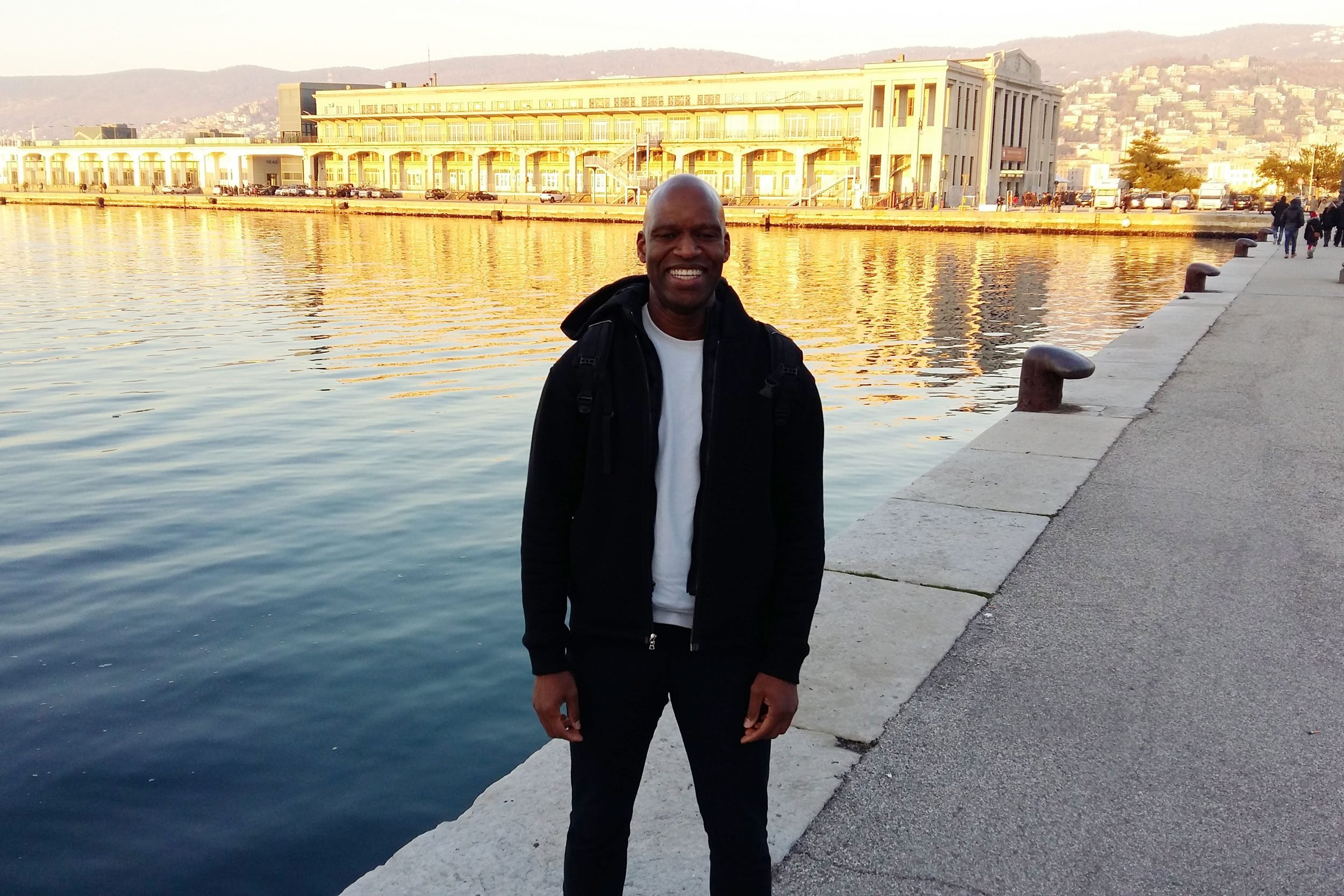
Use local SIM cards or one that covers an entire region
One of the most surprising things about many countries in Europe and Asia is how easy it is to get a local phone connection with a cheap SIM card. You can just pop it into your phone instead of racking up roaming fees or paying for an international plan. In Albania, I bought a Vodafone SIM card and a 30-day 4G plan upon arrival for about 15 euros ($17). It gave me 3,000 national minutes, 500 national SMS, and 5GB of data, and I still thought that was expensive. I was so spoiled by my experience in Serbia, Bosnia and Herzegovina, and Montenegro, where I bought commensurate monthly plans for nearly half that price, that paying 15 euros felt like being ripped off.
Even better but somewhat pricier are international SIM cards that cover entire geographical areas, like the European Union, so you don’t have to worry about getting a new SIM card every time you cross a border. (Make sure you can recharge online using an international credit card.) These will come in especially handy when you arrive in Budapest from Prague and want to take an Uber to your rental instead of a taxi. Bangkok aside, I’ve found it’s hard not to get ripped off when catching a taxi at a bus station, train station, or airport. Drivers tend to bump up the price and add on random extras, so a phone with service will help you avoid haggling drama.
Bring euros
ATM withdrawal fees can add up pretty quickly, and even if you have a travel ATM/credit card from your bank that doesn’t charge foreign exchange fees, getting cash in each country still can leave you with a lot of useless currency once you head to your next destination. It’s a smart idea to look for an ATM that releases euros and withdraw enough to last you several weeks. Then you can exchange 20 euros at a time and keep the rest in a safe place, preferably one with a lock on it. Be sure to check the exchange rate, and always try to trade at banks. They generally offer lower rates than the independent exchange places, as I learned from a very helpful local in Dubrovnik, Croatia.
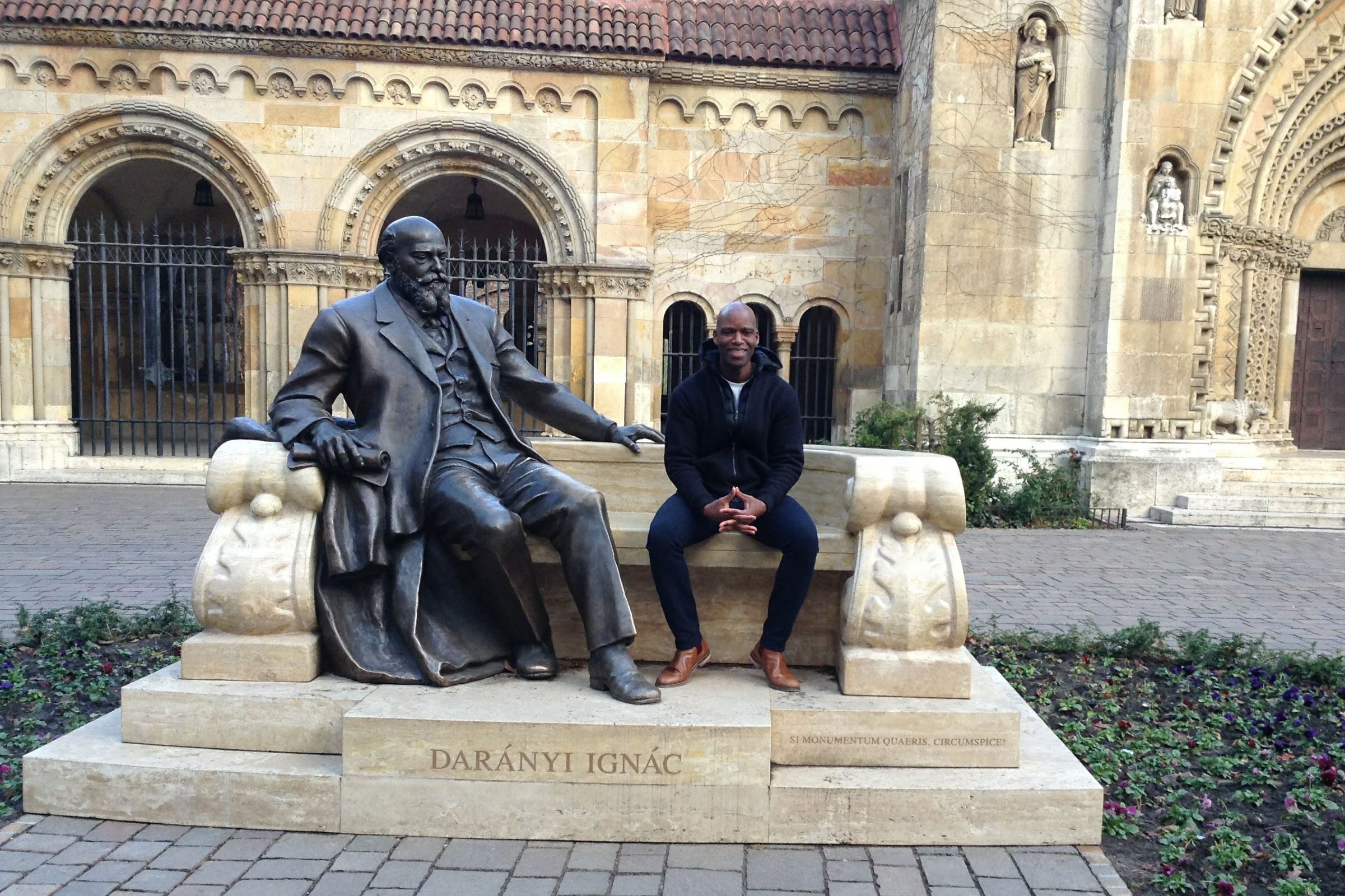
Forget guided city tours—just wander
If you’re a guided tour kind of person, use your next vacation as an opportunity to try the DIY approach. Google is your friend, and as Zac Efron revealed on his new Netflix travelogue series Down to Earth with Zac Efron, it can tell you a lot more than most guides. When I was in a particularly touristy mood, I’d use the Internet to compile a list of must-see places, read up on all of them, and then visit them on my own. You’ll not only save money, but you’ll also learn more than you probably would on a tour, and you can do it all at your own pace.
Skip some “must-see” attractions and “must-do” activities that aren’t free
Everyone has different tastes, so don’t think you have to see everything people on the Internet say you do. Many are overpriced and overrated tourist traps. I still can’t believe adults who want to see the Crown Jewels up close have to pay 25 pounds ($32) just to get inside the Tower of London, where they’re housed. Thankfully, you can enjoy some attractions for free. The Eiffel Tower, for one, looks best at a distance, and most churches in Europe don’t charge an entrance fee, an arrangement that is particularly welcome in the Balkan countries, where the Orthodox cathedrals are architectural marvels, inside and out. After seeing Gothic architecture in Romania, I found the outside view of Dracula’s Castle in Bran sufficiently satisfying and didn’t feel compelled to wait several hours in line for the privilege of paying the $10 adult fee to go inside.
Sometimes, however, the extra cost is worth it. Tourist companies in Sarajevo have vans that will take you from one breathtaking aerial view to another. For $20, it beats climbing uphill on foot in the summer sun or winter chill. Like I said, everyone has different tastes, but I wouldn’t recommend traveling all the way to India and missing the Taj Mahal. During the five weeks I spent touring the country in 2017, it may have been the best $15 I spent. Taj Mahal is one of the awe-inspiring UNESCO World Heritage sites everyone needs to visit.
